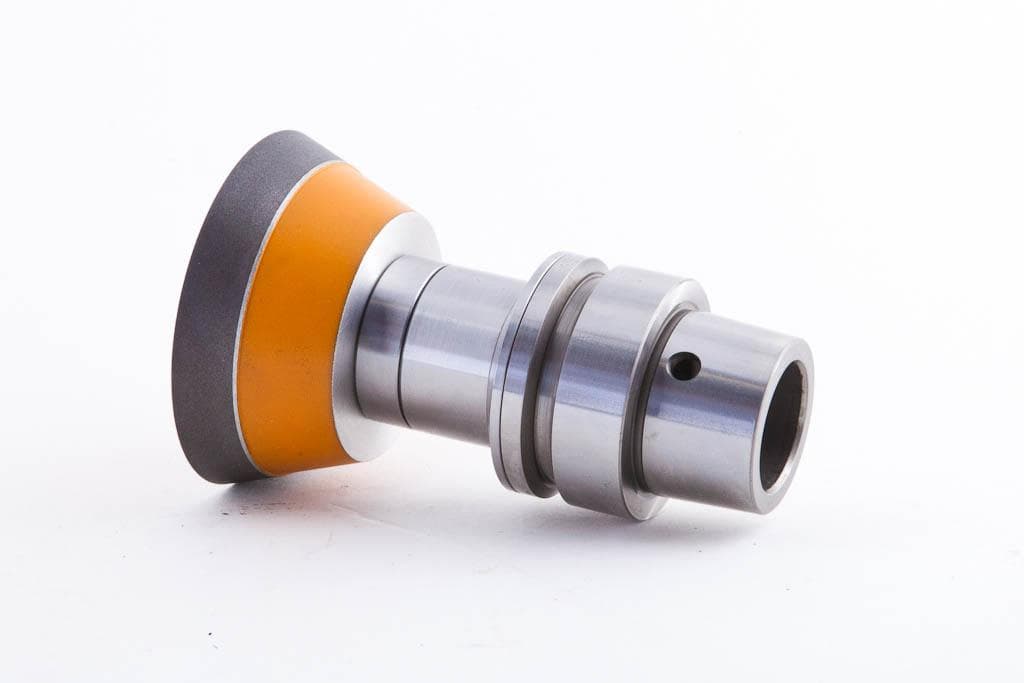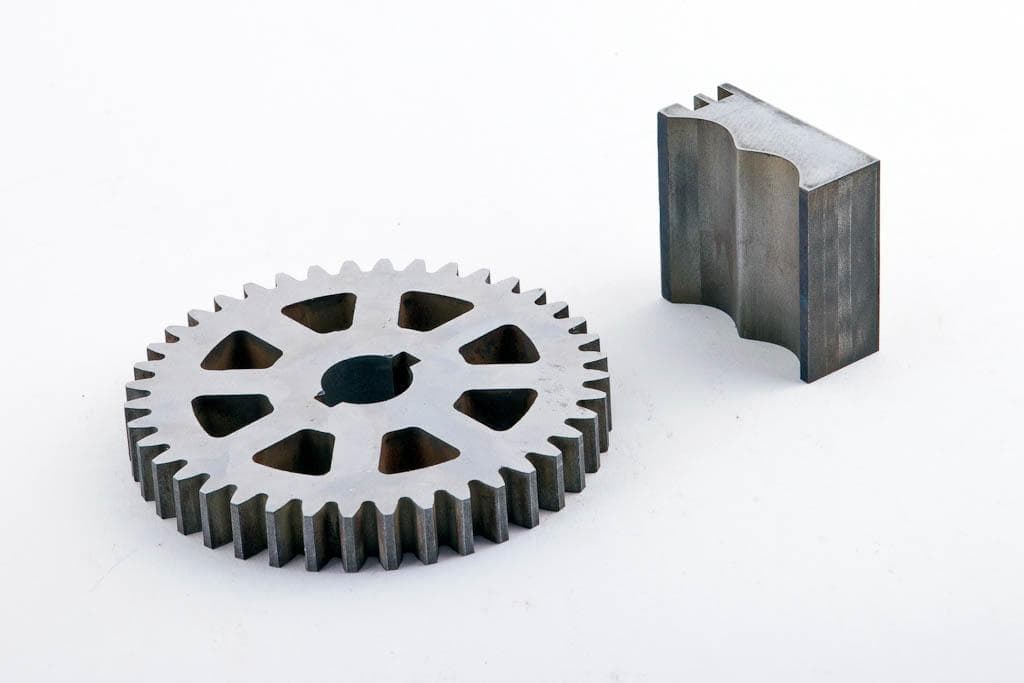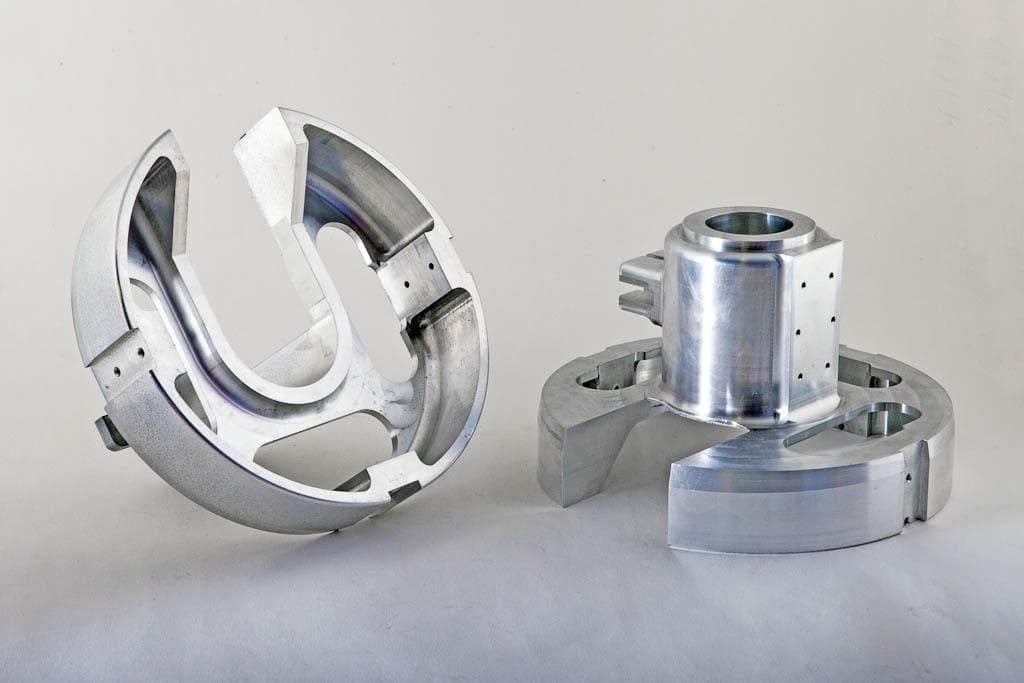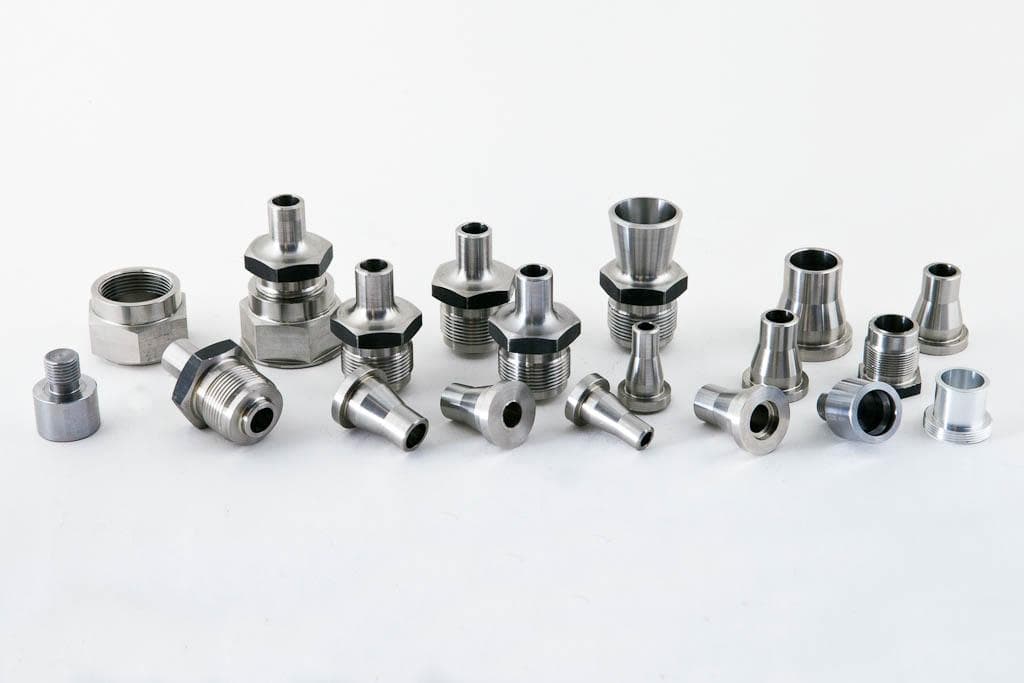Grinding is a type of machining which is different from sharpening and milling operations. The difference primarily lies in clearance allowances that must be provided — in most cases it comes to mere fractions of one hundredth of a millimeter or to one or two hundredth of a millimeter. The properties of machined metals should also be taken into account — as a rule, they include tempered steel, carbides, ceramics. Their common feature implies high attention to details while grinding because even standard operations depend on multiple factors (steel grade, heat-treatment method and hardness as well as skills, experience and preciseness of an operator, structural rigidity and tool life). Besides, surface roughness is an essential parameter. In some cases we can provide Ra=0,8 and even Ra=0,4 by fine sharpening and finish milling. But at the full-scale production of pieces with the above-mentioned roughness it can take significantly more human and financial resources to fine-tune the tool overhang and diameter as well as to replace or recondition it.
We apply the following machining types:
- external cylindrical grinding;
- centerless grinding;
- flat grinding;
- coordinate grinding;
- internal cylindrical grinding.



